Both of my parents work in education and one of the things I like about working in education myself is that now I can talk to my parents like a peer in the same industry.
Education is one of the toughest fields around. Being a teacher is easy, but being a good teacher takes years of dedication and a passion to help students. And patience. A saintly kind of patience. But before you can begin to teach, you need a student who’s willing to learn.
Now, I’ve worked in the entertainment industry in Los Angeles and dealt with a wide range of personality types. I’ve dealt with demanding clients with ridiculous expectations and even more ridiculous deadlines. It was demanding. It was stressful. But give me room of surly 10 year olds…. that’s a hell of a lot scarier.
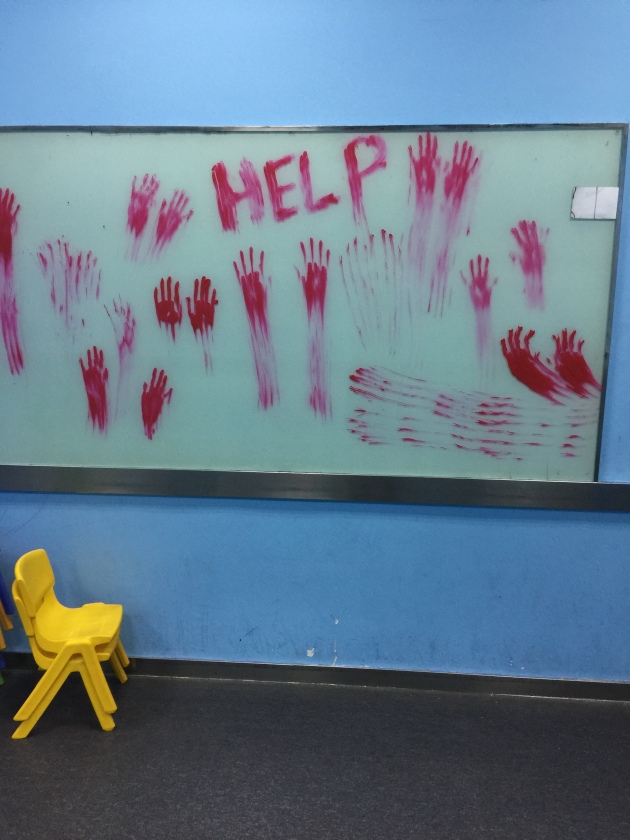
*No teachers or children were harmed in the making of this photo* Halloween Night
I’ve had many talks with my mom about the differences between the education system in Japan versus in Texas. Now I’m not saying Japan has all the answers, but I can tell you, my experience teaching there was a dream compared to what my parents deal with everyday.
There are a few key things I noticed in the Japanese public school system that I believe lead to stronger, more disciplined students.
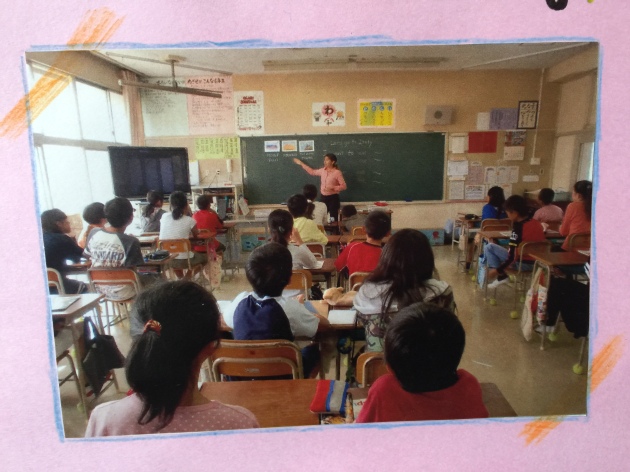
Students looking captivated by my English lesson
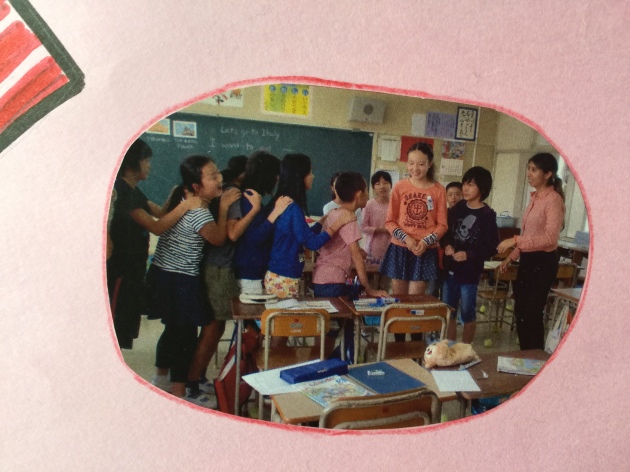
1. Students walk to school
There are no buses. There is no line of parents dropping students off by car. Students are expected to walk to school rain or shine. When you reach junior high school age, then you’re allowed to ride a bicycle to school.
Now I know the distance that American students live to school makes this kind of arrangement impossible, but it’s still interesting to observe.
2. Students are greeted every morning by fellow students
When I arrived at school each day, there were 3 or 4 students whose job it was to tell me good morning and give me a high five. This is such a small gesture but it makes you feel like you are coming to a place where you are wanted. A place where you belong. I don’t know if I ever felt that while I was in school. This starts in elementary school and continues up through junior high school.
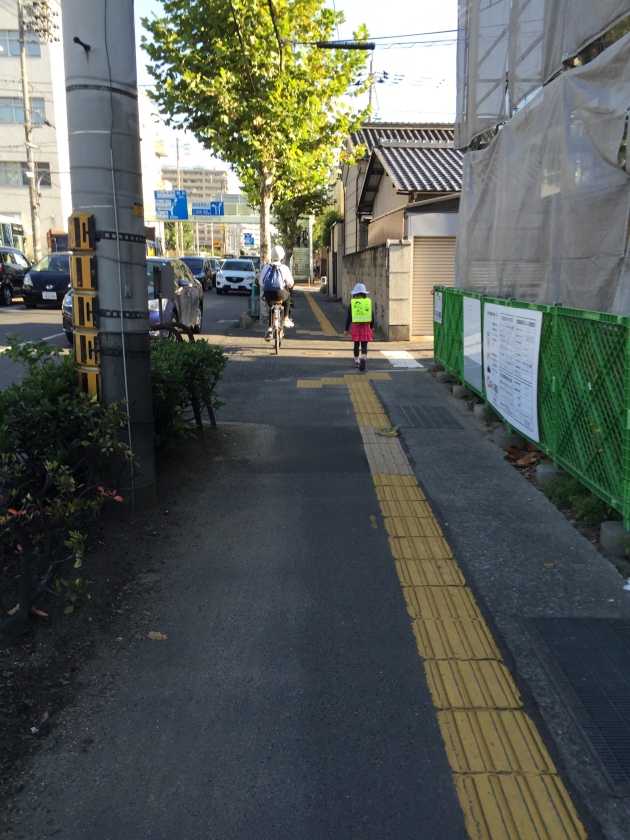
3. Students serve each other lunch and eat in their classrooms
Each day, students wash their hands, walk to the kitchen area of the school, and pick up large pots and pans with that day’s lunch. Students carry it back up the stairs to their classroom and begin to serve food to their classmates. Other students help by handing out trays and preparing the desks.
No one can begin eating until everyone has food. Then, everyone claps their hands together and says, “Itadakimasu!” which roughly means, “I humbly accept this food” and everyone eats!
When everyone is finished, students return their trays and bowls themselves and carry it back down to the kitchen where they will be washed later by the staff.
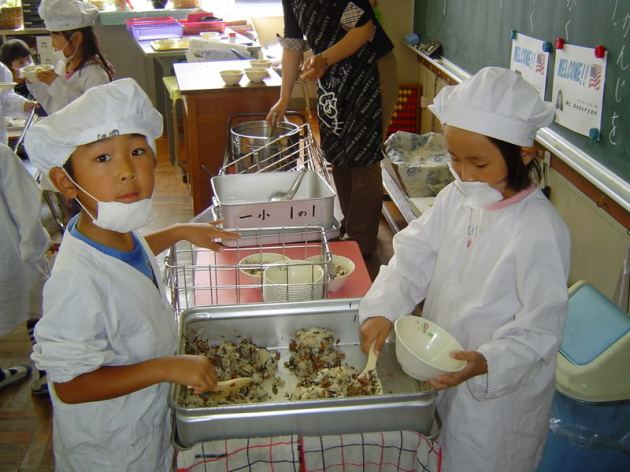
Photo borrowed from online
4. Lunch is healthy
No french fries and pizza found here. These meals are prepared by community members (often retired grandmas) for the students from fresh ingredients. There is rarely anything with sugar. If you’re lucky, you’ll get a small piece of fruit as dessert. Students are also required to finish everything on their trays. No exceptions.
I’ve posted before about the delicious lunches I ate while in Japan. I still dream about school lunch…
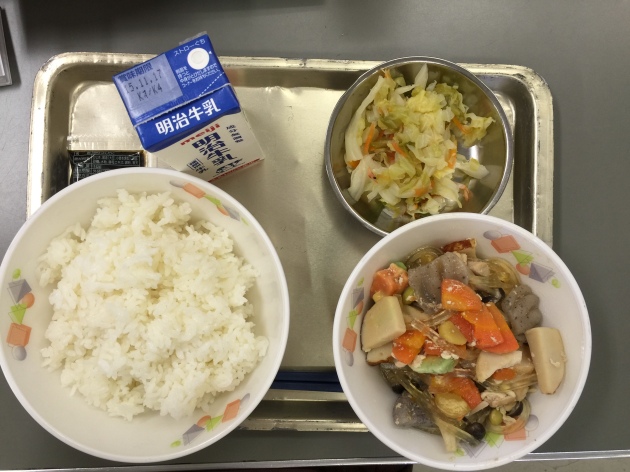
5. Students are responsible for cleaning their school
Each day, there is a 30 minute window where every student takes out a broom or a rag and cleans their school. They clean the classrooms. Their desks. The bathrooms. The hallways. The courtyards. The teacher’s room. There are no janitors. This begins as young as 1st grade.
Now most of the first graders just run through giggling and don’t really clean so an older student is assigned to help. But either way, the students learn from day 1 that this school is their property and they need to take care of it.
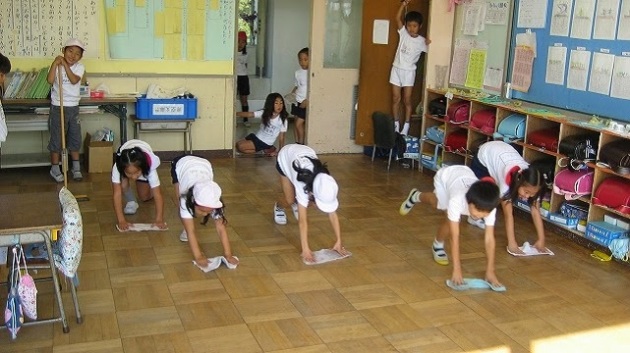
Borrowed from online
6. Students perform for their parents
At least twice a year, students host a special performance day on the weekend where family is invited to watch each student’s performance. There’s usually a song, or a play, or some kind of talent show.
Students and teachers work very hard on this performance for months. This is on top of their regular school work. Students are given a lot of responsibility for the execution of this day and they deliver.
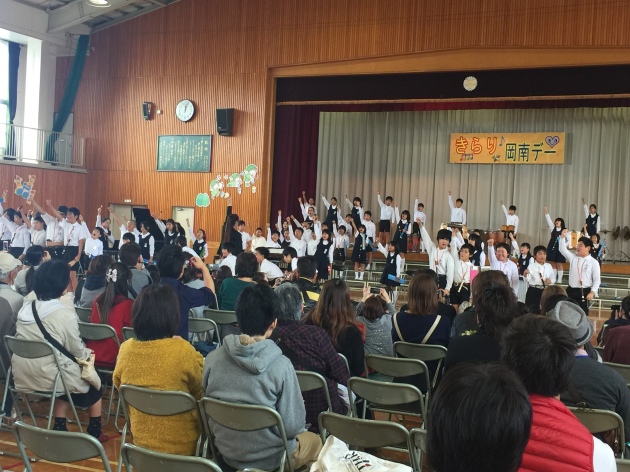
7. Students support their fellow students
When the 6th graders were moving on to junior high school, the students in grades 1st-5th put together the most beautiful graduation ceremony/performance for them.
They were given flower necklaces to wear. Each grade prepared a song or a dance. There were banners and speeches. There was a video made by the teachers of their photos from 1st grade until now. Anyone could see how much this small school cared about their students. I’m not going to lie, I cried like a baby. It was a beautiful ceremony.
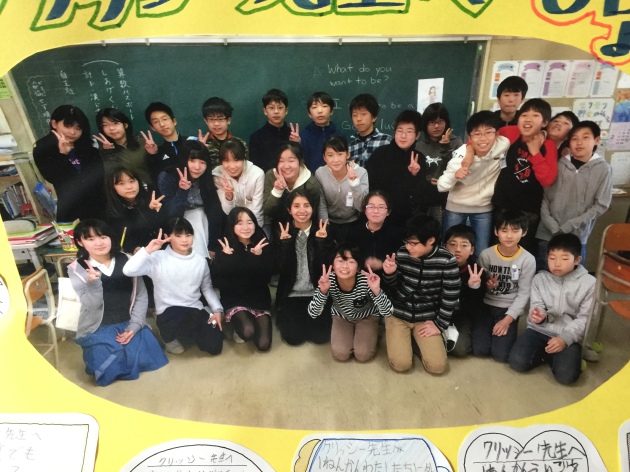
My adorable 6th graders
There’s a few other things like wearing summer uniforms year round in classrooms without heaters that I could add, but these are the things that come to mind at the moment.
I hope teacher’s in America realize how important their job is to the future of the world. I truly believe education can solve 95% of the world’s problems. Don’t give up. Realize that you’re not alone and connect with your fellow teacher’s. If your school isn’t supporting you, connect with teacher’s around the world! Anything that will help you realize there is a community out there who wants to help you do your job well.
Hang in there.
♥︎K
